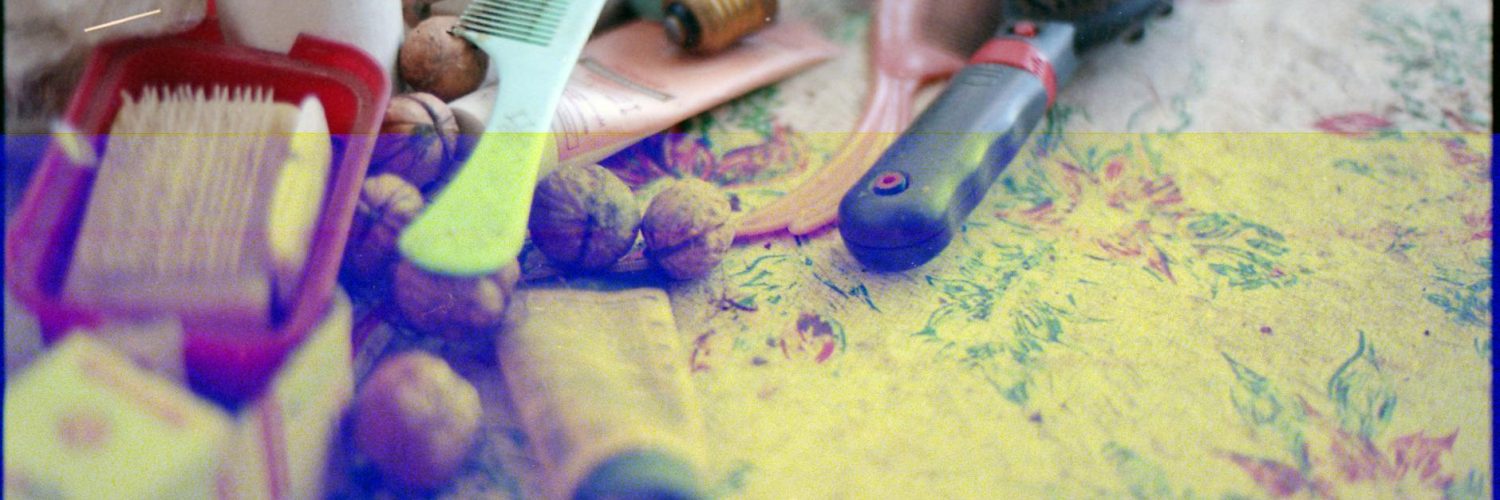Ever stopped to wonder why a flamingo is pink, or how many licks it really takes to get to the center of a Tootsie Pop? We’re bombarded with information daily, yet the truly interesting details often get lost in the shuffle. Let’s take a sideways glance at some “facts” you *think* you know, and unearth some surprisingly quirky truths along the way.
The Unexpected Anatomy of a Banana
Bananas, those ubiquitous yellow curves, are surprisingly complex. They’re berries, yes, but did you know that the banana we eat is a sterile hybrid? This means it can’t reproduce naturally; every Cavendish banana (the type most commonly found in supermarkets) is essentially a clone of its parent plant. This lack of genetic diversity makes them incredibly vulnerable to disease – a single devastating blight could wipe out the entire global supply.
Cleopatra and the iPhone: A Surprisingly Close Connection
Sounds crazy, right? But think about it: Cleopatra lived closer in time to the invention of the iPhone than she did to the construction of the Great Pyramid of Giza. It puts historical timelines into a fascinating perspective. The vastness of ancient history shrinks when viewed through this lens. We often perceive ancient civilizations as monolithic entities, but the truth is, they spanned millennia of change and development.
The Surprising Truth About Clouds
We all see clouds, but few truly grasp their sheer scale and weight. A seemingly fluffy cumulus cloud can weigh millions of pounds! It’s the water vapor suspended in the air, not the cloud itself, that carries this weight – imagine the power of those tiny water droplets, collectively forming these majestic formations.
El inesperado poder del bostezo
Yawning, that involuntary gasp that spreads like wildfire through a room, isn’t just a sign of boredom. While its exact purpose is still debated, research suggests it might be a thermoregulatory mechanism, helping cool the brain. The contagiousness of yawning, on the other hand, is believed to be linked to empathy and social bonding – a fascinating aspect of our social behavior.
Why is the Sky Blue? (And other optical illusions)
We all learned in school that Rayleigh scattering makes the sky blue. But it’s more than just scattering! The blue light is the light that’s scattered *most* effectively. The other colors are still present, they’re just not as noticeable. This understanding helps to explain why sunsets appear red – the longer wavelengths of red light are scattered less and therefore travel further through the atmosphere.
Goldilocks and the Three Bears’ Unexpected Scientific Connection
The tale of Goldilocks and the Three Bears, a childhood favorite, inadvertently touches upon a fundamental concept in astronomy: the habitable zone. Just as Goldilocks searched for porridge that wasn’t too hot or too cold, but “just right,” planets need to be in the “Goldilocks zone” around a star, neither too close nor too far, for liquid water to exist – a vital ingredient for life as we know it.
The Secret Life of Octopuses
Octopuses, the masters of camouflage and intelligence, are far more complex than you might think. They possess remarkable problem-solving skills, can escape from seemingly inescapable situations, and even display signs of personality. Their nervous system is decentralized – meaning a significant portion of their brain resides in their arms – allowing for incredible dexterity and independent movement of each arm.
The Unlikely Link Between Coffee and the American Revolution
The American colonists’ love for coffee played a surprisingly significant role in the American Revolution. Coffee houses, often called “penny universities,” served as centers of intellectual and political discourse, fostering revolutionary ideas and providing a venue for rebellious colonists to connect, organize, and plan their defiance against British rule.
The Curious Case of the Misunderstood Moon
We all know the moon orbits the Earth, but did you know its gravity affects the Earth’s tides? More than that, it’s believed that the moon’s gravitational pull helps stabilize our planet’s axial tilt, preventing extreme climate variations that could render Earth uninhabitable. That seemingly serene celestial body plays a crucial role in maintaining life on our planet.
The Math Behind Your Pizza
Think about pizza. The area of a pizza is proportional to the square of its radius (πr²). This means that a large pizza (with twice the radius) has four times the area of a small pizza. You’re getting a much better deal per square inch when you order a large one. It’s simple math, but something a lot of people overlook when ordering their next pizza night. ¿Cuáles son los hechos más comúnmente malinterpretados?
These are just a few examples of how the familiar can become extraordinary when viewed through a different lens. So next time you look at a banana, consider its vulnerable genetic makeup. When you look at the sky, think about the physics of light scattering. The everyday world is full of wonder, mystery, and unexpected connections, waiting to be discovered. Happy exploring!

























Añadir un comentario